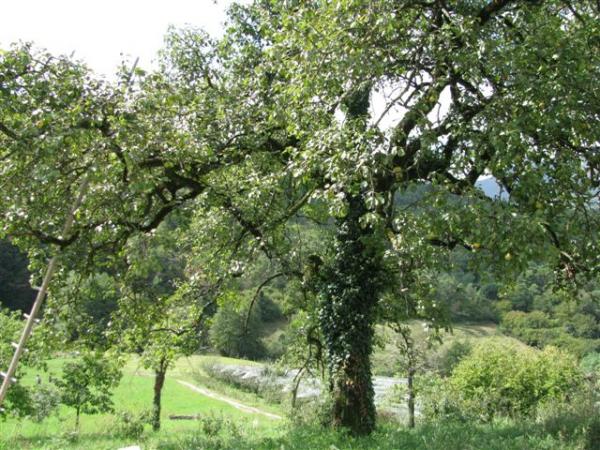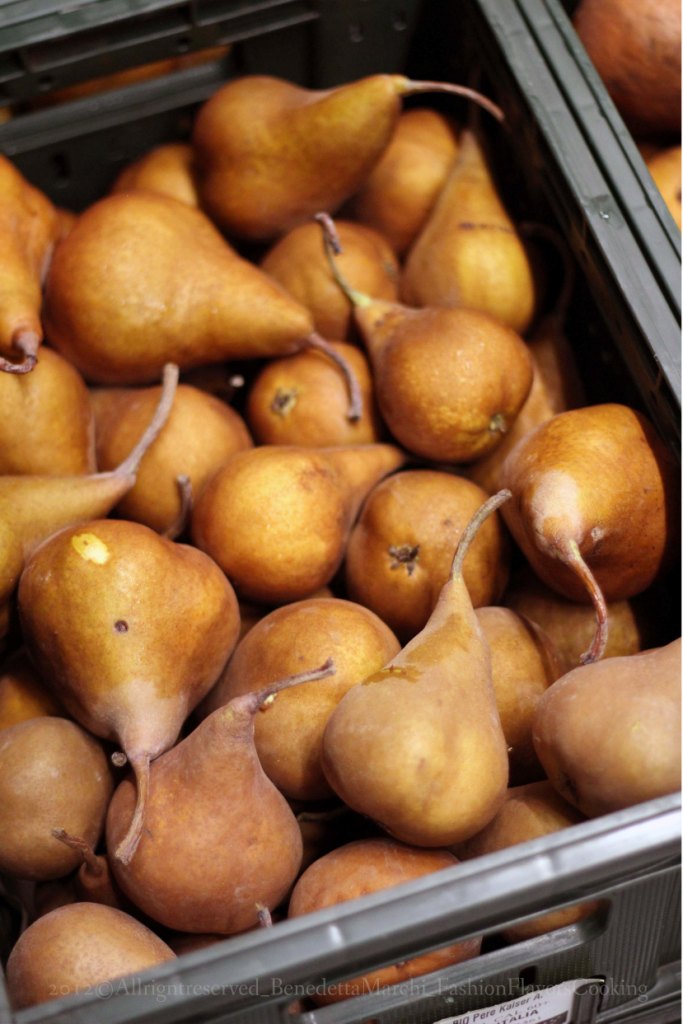
Lessinia Misso Pear
This post is also available in:
 Italiano (Italian)
Italiano (Italian)
The Misso pear tree of Lessinia is part of a project for the enhancement and protection of the agri-food biodiversity of Veneto. The Slow Food Presidium that protects it promotes its diffusion in the mountain farms around Verona, in order to recover agricultural production by restoring a tradition that has been documented since the XIX century.
There are about 200 trees left in Lessinia, in Valpantena, in the Mezzane and Illasi valleys, but above all in the upper Valpolicella area, between 1.640 and 2.952 ft above sea level.
In the upper part of the municipality of Marano di Valpolicella, there’s a tree over two centuries old; it’s named “pero Marchesini” after the owner of the estate; it has been included among the “Vegetable Patriarchs” of Italy because its age exceeds 200 years.
The other similar plants are scattered, alone or in small thickets, in the municipalities of Fumane, San Mauro di Saline, Grezzana, Sant’Anna d’Alfaedo, and Negrar.
From harvesting to consumption, the Lessinia Misso pear undergoes a process of amalgamation which determines its change of texture, colour and highly palatable flavour.
These fruits are usually stored in dark and dry places until they’re eaten – usually in early November; that’s when they feature a dark brown colour and the pulp becomes sweeter, without losing its consistency.
Although this variety is difficult to find on the market, Misso pears can be tasted and bought at country fairs regularly organized in the municipalities of Lessinia, such as “Fiera del Rosario di Breonio” in the municipality of Fumane (which takes place in October and promotes local organic agriculture). Eaten raw, Misso pears are highly appreciated for their sweetness and graininess, typical of old pear varieties. They’re also extremely suitable for sweets, jams, juices and spirits.
This post is also available in:
 Italiano (Italian)
Italiano (Italian)
Contatti
Verona(VR)


